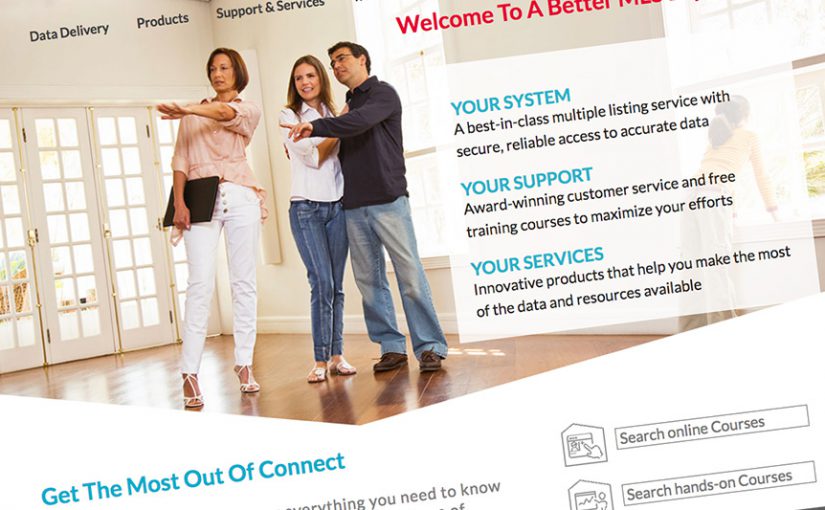5 Research-Backed Insights on Website Design and Branding

With the fourth quarter upon us, many B2B companies have already started planning for 2019. As marketing leaders evaluate how well their existing marketing programs have performed and begin plans for the coming year, the conversation often turns to the current B2B website design and company branding.
For many B2B professionals, the corporate website is at the heart of their marketing initiatives. After all, like your email marketing, your website is something you always own. No matter what happens next with social media algorithms or Googleâs SEO updates or other changes beyond your control, your website is literally your domain.
At Swimmer Integrated Marketing by Design, weâve spent the last few months launching new websites for several clients to finish this year strong and start the new year off right.
If a website update or redesign is on your mind for next year, here are five research-backed insights to guide your 2019 planning.
Insight #1: First impressions are made in mere seconds.
It takes about 50 milliseconds (thatâs 0.05 seconds) for users to form an opinion about your website. In that extremely short time, visitors determine whether they like your site or not and whether theyâll stay or leave.
And even though itâs common to say âdonât judge a book by its cover,â websites are subject to an extreme level of snap judgments. First, a website serves as a window into the way a company operates. Outdated style or information can communicate your company doesnât care about its digital presence.
And second, for any given Google search, there are multiple search results. It makes sense with so many options available, the tolerance for an unappealing website goes down dramatically.
Key takeaway:
If updating your web design, keep it simple and aesthetically appealing for a good first impression.
And thereâs a reason best practices exist. Users know what to expect when sites have company logos, menus or search boxes placed in familiar locations, which contributes to ease-of-use and supports a favorable first impression.
Â
Insight #2: A well-designed website keeps audiences engaged.
Even if youâve passed the first impression test, there are several common snafus that can derail a positive website experience:
- 38 percent of users will stop interacting with a website if the layout is unattractive
- 39 percent will stop engaging if images donât load
- 39 percent will stop engaging if the site itself takes too long to load
Thatâs a lot of potential customers that no business can afford to lose. Ease of navigation is key here also. Evaluating the organization of your site andhow visitors may interact to get the information they came for in as few clicks as possible.
Key takeaway:
A good design seamlessly integrates the user experience with a solid technical foundation to create a more enjoyable online experience and keep audiences engaged. Organizing “next step” content like detailed specs, contact info or downloads of product sheets is key.
Donât overlook the importance of optimizing any website design and branding for technical SEO aspects such as image size and page loading time.
Â
Insight #3: Consistency counts too.
According to a study performed by the University of Loyola, color increases brand recognition by up to 80 percent. Consistent branding and messaging are key strategies we stress to all clients.
Key takeaway:
To communicate your brand identity, maintain a similar color scheme and overall aesthetic from your website design to your social media channels to your print collateral and packaging.
Â
Insight #4: Make it easy for visitors to contact you.
51 percent of people think “thorough contact information” is the most important element missing from many company websites, and 44 percent of website visitors will leave a company’s website if there’s no contact information or phone number.
Key takeaway:
It sounds simple, but making it easy for visitors to contact you is frequently overlooked. Make sure contact information â whether itâs a phone number, email, physical address or even how to live chat â can easily be found by site visitors.
If youâve captured and kept their attention, you donât want to lose that interest simply because a visitor canât find the best way to reach you.
Insight #5: Donât forget the fold.
One of the time-honored web design guidelines is to keep important content “above the fold”. The term originally referred to the upper half of a newspaper page but has also come to mean the part of a web page visible without scrolling.
However, the concept of the website page fold has evolved. Todayâs research indicates many people scroll on sites, and a current trend on home pages is a fairly long scrolling page.
Key takeaway:
Even though users are likely to scroll, the viewable area when a user first hits your site matters â a lot.
Remember first impressions are formed in about 50 milliseconds. Content above the fold should pull people in and give them a reason to keep scrolling to see the rest of your site content.
In a digital era when 93 percent of online experiences begin with a search engine and 81 percent of people perform some type of online research, a website can make or break a customerâs perception of a company. As you head into the new year, a few simple adjustments can change the way visitors perceive your site for the better.
Contact us for more fresh ideas to enhance your website presence.
